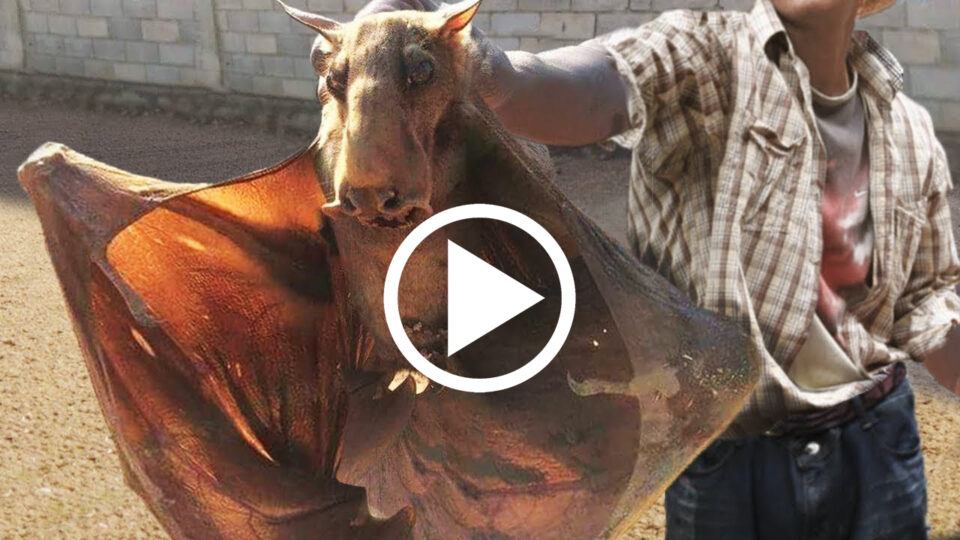Who doesn’t enjoy seeing weird-looking animals for the first time? Well, we have a treat for you today. Not only will you be seeing strange-looking beings, but we will introduce you to some of the rarest and most bizarre creatures that have been recently discovered. Many of these creatures were unknown to scientists until just recently.
Stay with us, get yourself some Lavazza Super Crema as we count down 15 strangest creatures recently discovered.
Legless Lizard
In early 2008, in just one month of scouring the savanna of central Brazil, scientists discovered 14 new species.
One of those new species was a legless lizard no one knew existed. A legless lizard? Wouldn’t that be called a snake? Nope — they’re two entirely unique animals from separate evolutionary lines.
Legless lizards developed from the legged lizards with which most of us are familiar; legless snakes evolved from four-legged snakes that most of us have never seen.
But the two look an awful lot alike. Both have long, slender, cylindrical bodies; forked tongues; scaly exteriors and can often be found slithering through sand. And then there’s the lawlessness.
It’s tough for the casual observer to tell them apart. It’s not impossible, though. It’s not unlikely that you’d come into contact with one since they live all over the world, on every continent except Antarctica, and can thrive in many climates cool, hot, wet and dry. They go for the smaller prey.
Pinocchio Frog
Now this little guy is something else. They don’t call him the “Pinocchio” frog for nothing. He bears a striking resemblance to the fairy tale puppet protagonist, Pinocchio.
The male members of the New Guinea species have a protruding nose on par with that of the wooden marionette turned-real boy.
But whereas Pinocchio’s nose grew and shrank whether he was lying or telling the truth, the exact mechanics of the amphibian’s shape-shifting “schnozzula” alternately sticks out or straight droops downward remain unclear.
They are elaborate structures that must have some purpose.
A more likely explanation is that the Pinocchio-esque facial feature helps frogs differentiate between the diverse species native to the New Guinean forests.


